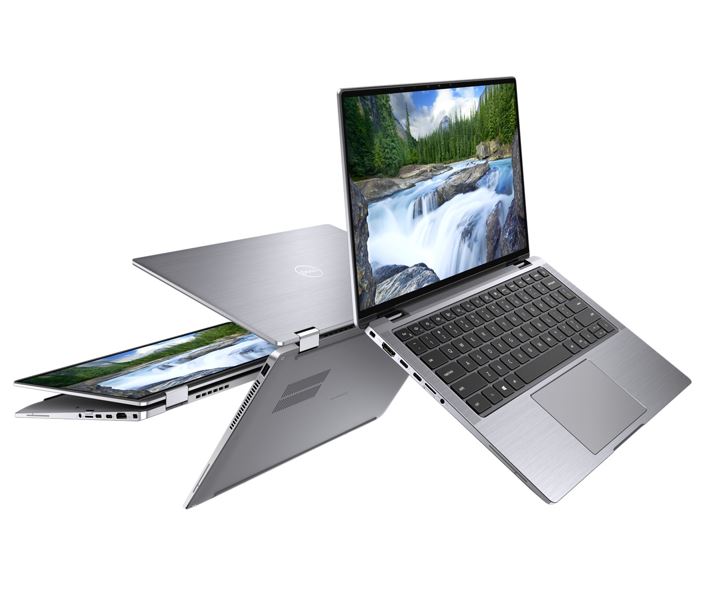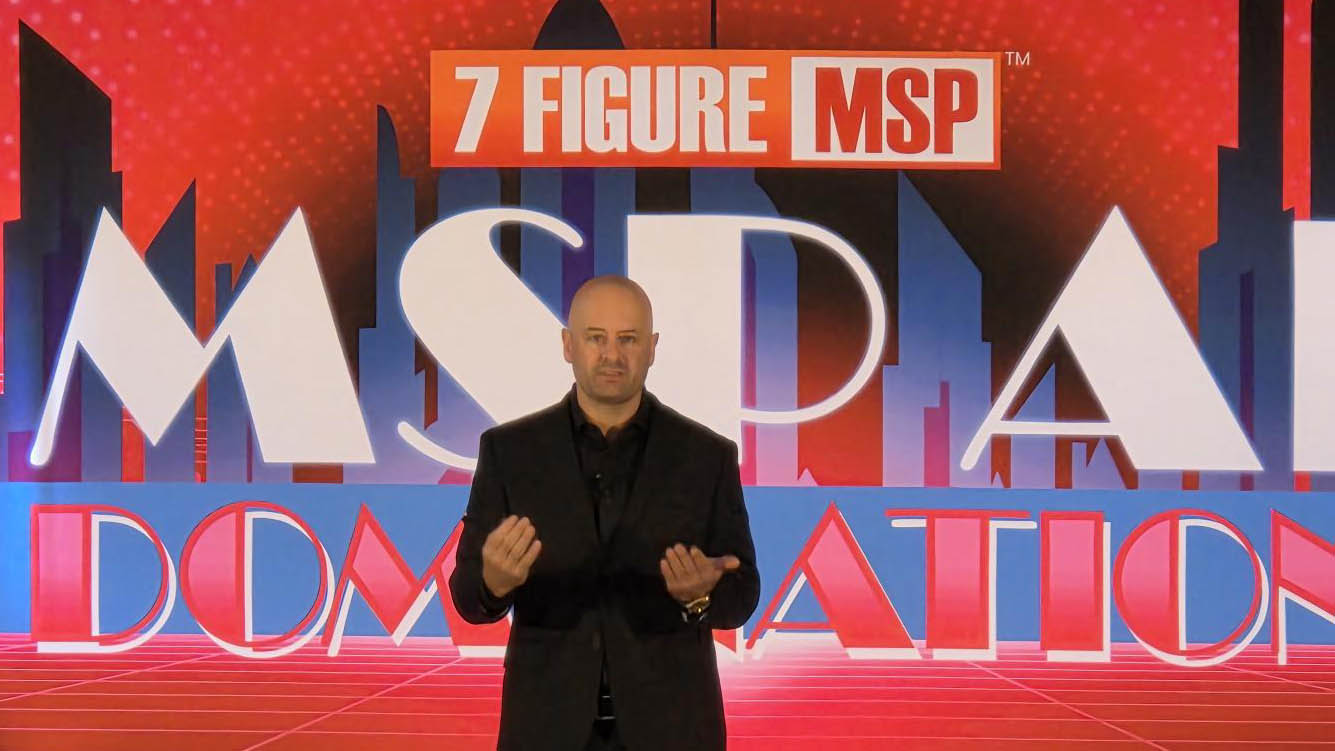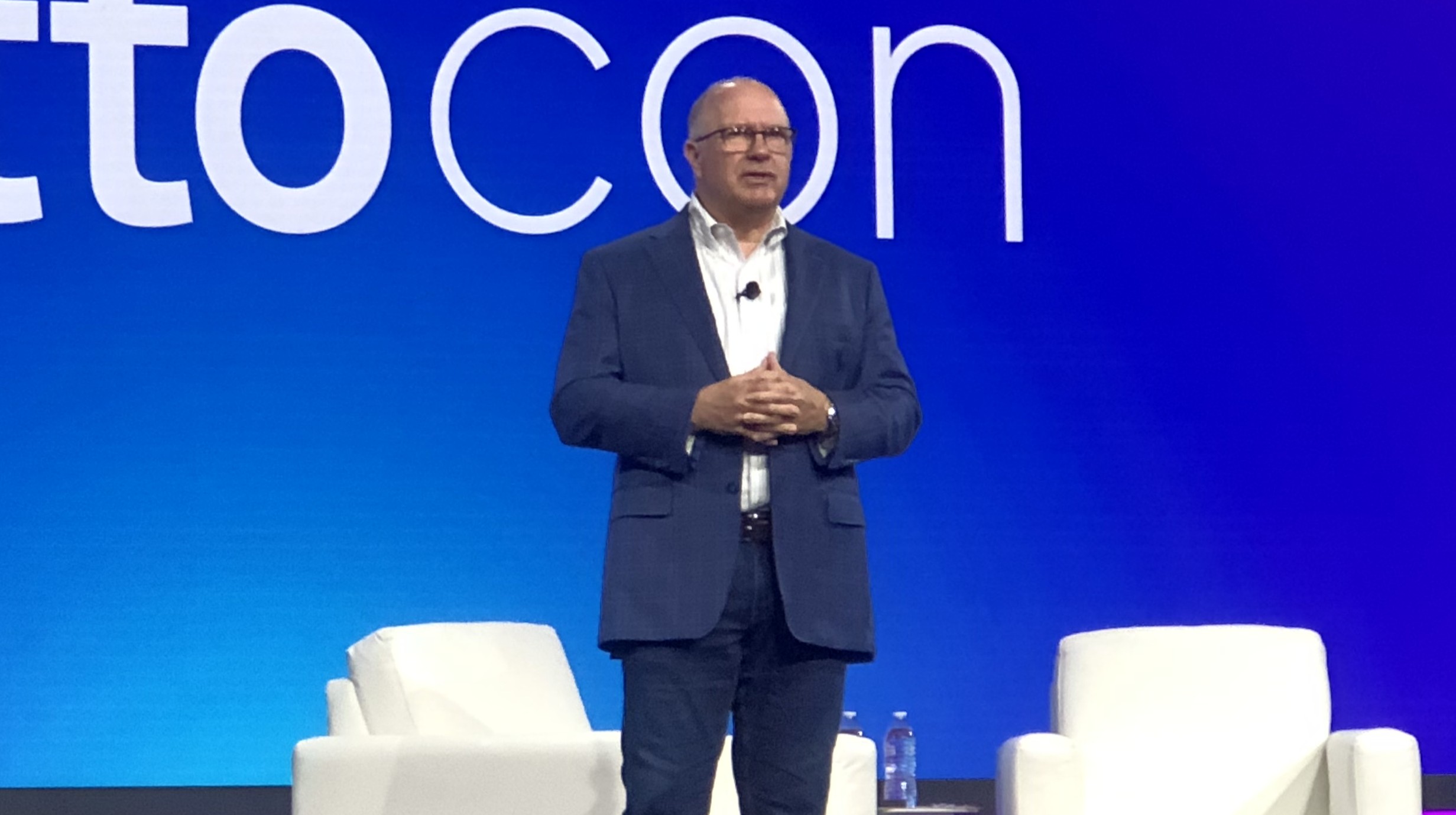Dell Technologies has unveiled a new wave of commercial PCs and monitors designed around the needs of a transformed workforce that spends more hours with more devices in more settings than ever before.
The forthcoming laptops, workstations, desktops, and displays, which are part of a larger slew of products set to be officially unveiled next week during the 2021 CES conference, arrive at a time when work-from-home computing, remote learning, and other newly pervasive use cases have reinforced the continued relevance of a product category too often dismissed as past its prime, according to Ed Ward, senior vice president of Dell’s Client Product Group.
“About 10 years [ago], to 2010, it was widely reported that the PC was dead. We can happily say that those reports were greatly exaggerated,” he states. “The PC has come through and shown its value again.”
Among the new portables due later this year is the high-end Latitude 9420, a 14-inch unit configurable as either a laptop or a 2-in-1. Equipped with a 16:10 QHD display, the device comes with features specifically tailored for videoconferencing, including noise-cancelling microphones that reduce background disturbances from kids and pets, and “SafeShutter,” which Dell claims is the industry’s first automated electromechanical webcam cover.
“When you open your Zoom call, the camera automatically opens up,” says Rahul Tikoo, a senior vice president in Dell’s Client Product Group. “When you close your Zoom call, the shutter automatically closes.” Users can employ a “camera mute” key to control the shutter as well.
ComfortView Plus technology in the unit’s display, Dell says, reduces blue light emissions, enabling users to work long hours without eye strain.
When it ships in March, the Latitude 9420 will be available with up to an 11th Generation Intel Core i7 processor featuring Intel’s vPro technology, and will deliver 66% better performance than its prior generation predecessor. Encased in machined aluminum, the product’s starting weight is 2.9 lbs. Pricing for the new device has yet to be announced.
A trio of new Dell monitors, available in curved 24-inch and 27-inch form factors as well as a 34-inch model that Dell says is the world’s first curved videoconferencing WQHD monitor certified for use with Microsoft Teams, is also optimized for videoconferencing. The units all feature a 5MP IR camera with ComfortView Plus, dual integrated 5W speakers, a noise cancelling microphone, and built-in support for Microsoft Cortana and Windows Hello. Due in February, they will list at $499.99 to $1,049.99.
Another monitor showcased today, the UltraSharp 40, is according to Dell the industry’s first 40-inch ultra-wide curved WUHD display. A built-in connectivity hub in the new product, which ships later this month for $2,099.99 and up, includes Thunderbolt 3 and RJ45 ports that can deliver up to 90W of power to PCs and peripherals.
“You can charge up your notebook using the monitor,” Tikoo says.
A fresh set of Latitude 5000 series devices—the 13-inch 5320, 14-inch 5420, and 15-inch 5520—will reach market next week at prices still to be determined. The 13-inch model can be configured as a laptop or 2-in-1, while the larger units ship solely as clamshells.
Designed to be Dell’s most scalable laptops, the new units support up to 64GB of DDR4 memory and up to 2TB of storage (or up to 4TB on the Latitude 5520). Their 400 nit displays, which provide up to 4K resolution, come with ComfortView Plus. Compute power is provided by 11th Gen Intel Core i7 processors up to i7 with vPro. Optional 4G LTE broadband supplements the Wi-Fi 6E connectivity.
Dell’s redesigned 3.5 lbs., 15.6-inch Precision 3560 mobile workstation comes with up to 64GB of 3200MHz DDR4 memory and accelerated Intel graphics or an NVIDIA Quadro T500 GPU with 2GB of GDDR6 capacity. The device ships next week at a starting price of $1,189.
Two new desktop computers due on January 28th, the OptiPlex 3090 Ultra and 7090 Ultra, feature a “zero footprint” design. “The PC is just hidden in the monitor stand,” Tikoo says. The unit’s modular architecture lets users upgrade the PC module separately from the monitor, or reuse existing Dell or third-party monitors up to 40 inches.
The two systems support Wi-Fi 6, up to 64GB of 3200MHz DDR4 RAM, and dual M.2 SSDs. Pricing starts at $659 for the 3090 model and $769 for the 7090.
Many of the new PCs introduced today come with Dell Optimizer, a technology introduced last May that uses artificial intelligence to automatically fine-tune performance, extend battery life, and reduce background noise on conference calls in response to real-time data. They also draw on the “SafeSupply Chain” measures Dell announced last month, which aim to give businesses greater confidence that newly purchased PCs haven’t been compromised in transit to them from a Dell production facility.
“You will see the SafeSupply Chain providing tamper evidence seals on our devices, our boxes, [and] our pallets, all so that you can track and make sure that that device is the most secure from the day it’s born,” says Brooke Huling, vice president of Dell’s Modern Compute Solutions Group.
Sustainability is another point of emphasis across Dell’s latest products. Both the Latitude 5000 series and the Precision 3560, for example, feature a lid made with post-consumer recycled plastics, post-industrial recycled carbon fiber, and “bio-plastics,” tree pulp otherwise wasted in the milling process.
“We’re not making these sustainability choices in small parts like fan blades. We’re making them in the second heaviest part in the notebook,” Tikoo says, adding that design decisions like that are central elements of Dell’s “moonshot” aspiration to construct 50% of its products from recycled or renewable materials by 2030.
Fueled by the sudden shift to remote work and distance learning, among other trends, Dell’s PC revenue has been booming. The company’s Client Solutions Group reported record revenue of $12.3 billion in the third fiscal quarter, which ended last October.
“We’re going from one PC per household to one PC per person per household,” Tikoo says. “Everyone needs technology, whether it’s to work, to learn, or to play.”














